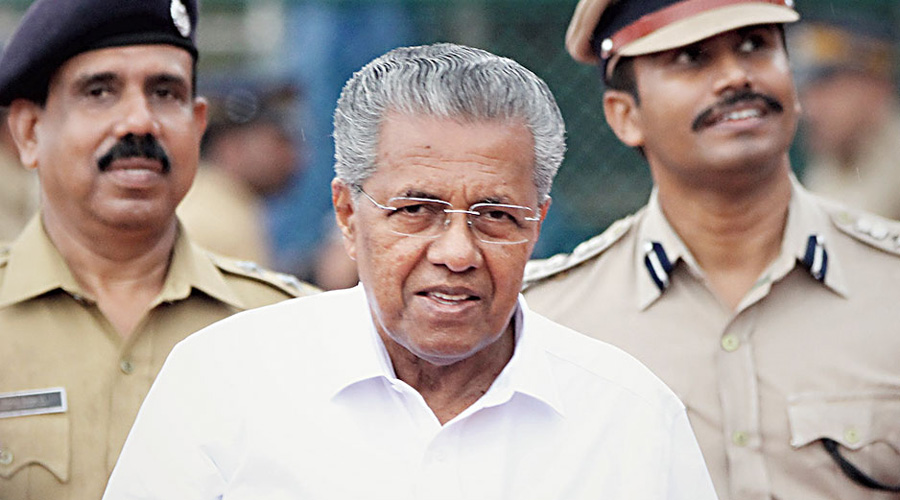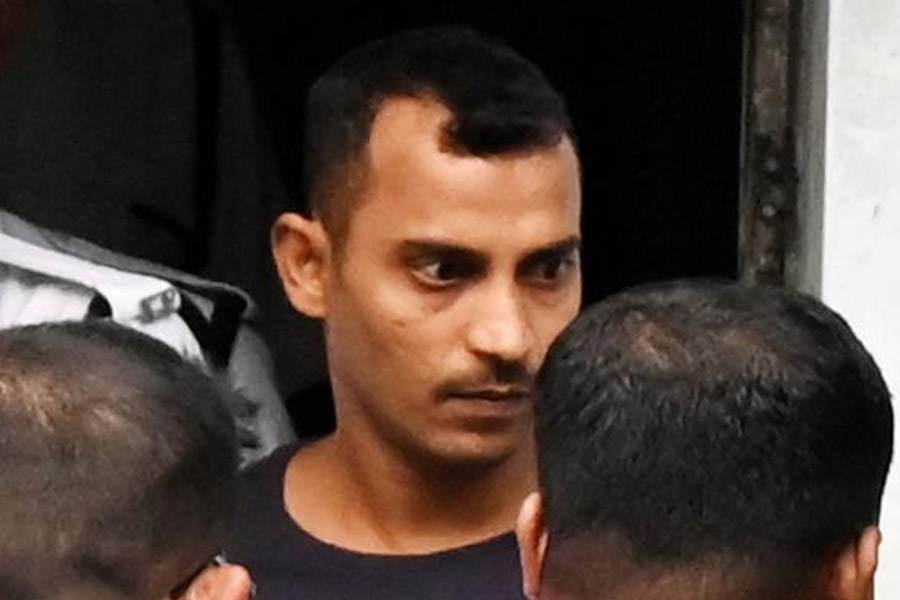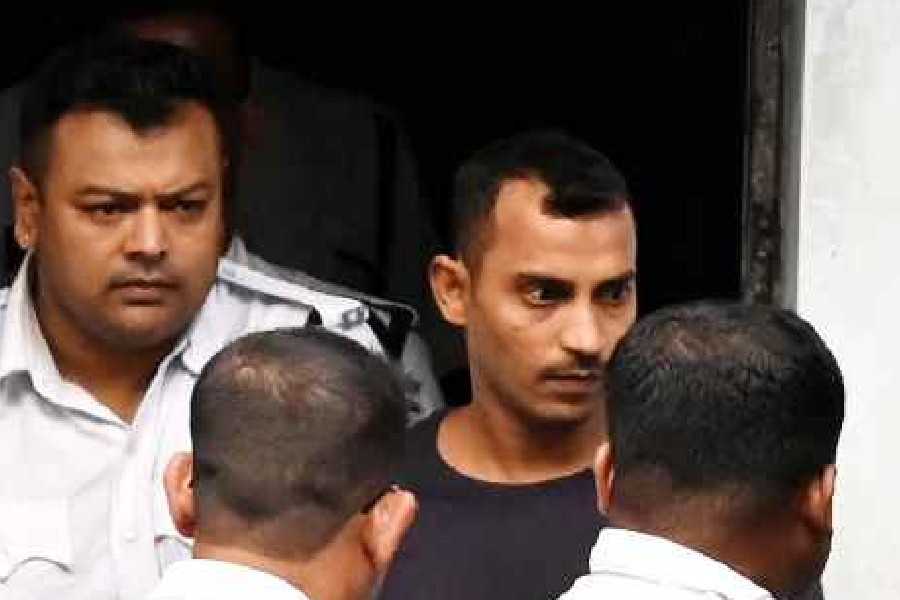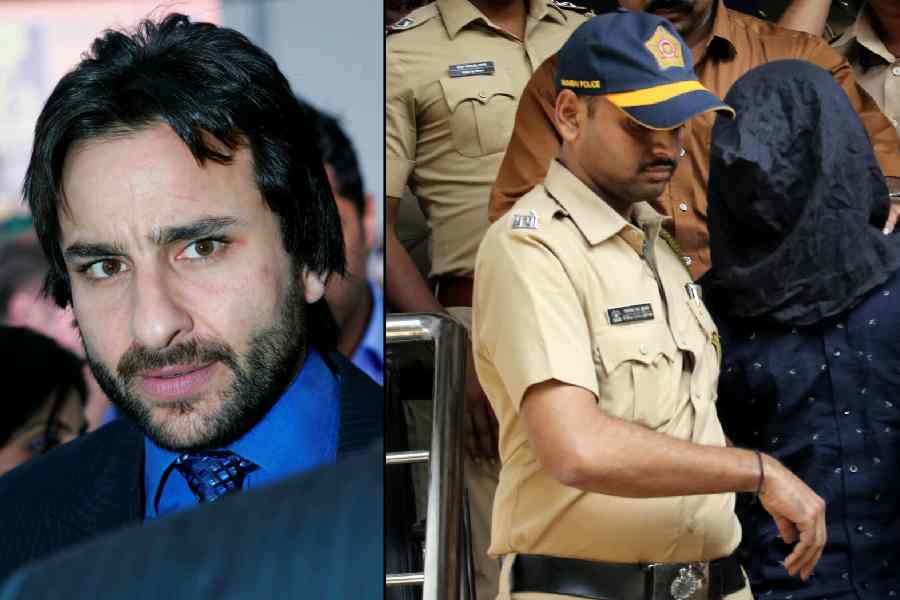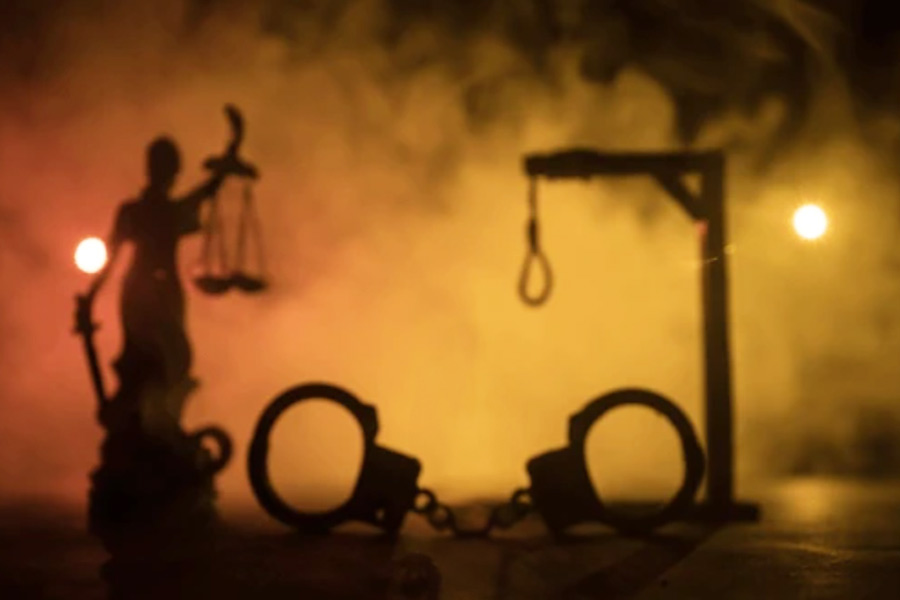Kerala Chief Minister Pinarayi Vijayan isn’t a magnetic orator who can whip a crowd into a frenzy. Still, Vijayan has pulled off a feat that the Marxist crowd-pullers of yesteryear were unable to achieve. He stayed in power for a full five years and has now won a second term in a state that’s notorious for changing political horses every five years. In fact, he made polling history by steering the CPI(M)-led Left Democratic Front (LDF) to a back-to-back victory. It marked the first time an incumbent Kerala government won a second straight mandate in four decades.
The election verdict marks voters’ approval of Vijayan’s management of extraordinary challenges like the Covid-19 pandemic, the Nipah virus outbreak and the 2018 Kerala floods. The way the 76-year-old political veteran from Dharmadam handled these challenges is the reason the public retained its faith in him. “He has won purely on performance and that is a huge change from all earlier elections,” says one political observer, who adds: “He has delivered and people know he has delivered.”
As the pandemic peaked in other parts of India last year, Vijayan became famous as the only chief minister who was facing daily press conferences. Most of the time he looked down and read – occasionally mumbled -- statistics from the sheets of paper in front of him. But the low-key performances won public confidence in a way that no high-profile grandstanding could have done.
At the other end of the spectrum, the BJP was out for a duck. Vijayan had said a week before the voting began that the BJP “had opened their first-ever account in Kerala” in 2016 and “this time around, we will close their account.” He was as good as his word. Even “Metroman” E. Sreedharan lost from the Palakkad constituency.
The BJP controls the Palakkad municipality so it’s thought voters in the three adjoining panchayats that form part of the constituency voted against Sreedharan, who was so confident of winning he’d even rented a house in Palakkad. Possibly also CPM cadres were told to strategically switch votes to back the Congress to ensure Sreedharan’s defeat. Sreedharan had promised to bring more jobs to the constituency but he also stirred controversy over issues like love jihad during the campaign.
The BJP lost its only foothold in Kerala when it came second in the Nemom seat in Thiruvananthapuram. That defeat has pushed the BJP’s veteran Kerala leader Kummanam Rajashekharan back into the political wilderness once again.
For the Congress, which ran a lacklustre campaign, there isn’t much consolation to be derived from its showing. The party was, quite simply, unable to pick enough holes in the government’s Teflon-coated campaign.
Political parties in Kerala kick off their campaign with state-wide rallies. At its first rally, the Congress chose to attack the LDF government over the Sabarimala issue of women’s entry into the temple. But the LDF had long since backed away from its initial tough stance on Sabarimala and voters were aware of that. Sabarimala had ceased to be an issue. This became amply clear in this election when even the panchayats near Sabarimala voted for the LDF.
The Congress made other mistakes too. Knowing that they were trailing in the polls, they roped in MP Shashi Tharoor to hold public meetings with groups like students and then assembled an election manifesto. But this was an election tactic that came way too late.
The fact was the Congress had no innovative ideas to offer. Former Chief Minister Oommen Chandy has represented the Puthuppally constituency for an amazing 50 years. He’s poised to win again but by a reduced margin. Chandy said he accepted the people’s verdict but termed the defeat “an unexpected loss”. Chandy talked about the need for corrective measures but ignored the fact that he and other ageing Congress leaders could be a large part of the party’s problems. By contrast, LDF candidates like the high-profile Health Minister K. K. Shailaja romped home by a huge margin.
In many ways, Kerala has evolved in ways unmatched in other parts of the country. When the pandemic struck, it began distributing 280,000 meals daily to older folk and to others who were in financial difficulties. The state also organised anganwadi workers and others on a scale unequalled in the rest of the country to keep Covid-19 numbers down.
Later, Covid-19 numbers rose but state government officials insisted that they were winning the most important battle by keeping fatality numbers at impressively low levels. Even now, as infection numbers soared, the state has been able to prevent the rush for beds seen in other parts of the country – although that’s now being strained. Kerala also ensured that it had enough oxygen when cases surged.
The BJP, too, was unable to counter the impression that Vijayan was ruling with a firm, steady hand. The Central agencies came in recently and made arrests in the gold smuggling case. But finally, they had only confession statements uncorroborated by other evidence of corruption in the state government and Vijayan was able to paint the investigations as a bid by the Modi government to undermine the state government.
Where has the government slipped up? It hasn’t been able to do very much about the state’s chronic unemployment programme. But then the opposition has offered even fewer ideas. At the end of the day, the state’s voters felt Vijayan was running a unified government and getting the cabinet to work together. Even on law and order, the LDF government has been able to keep its cadres under control. (It helps also that the CPI-M has a well-oiled machine on the ground). Vijayan’s public persona is of a tough strongman. In person, though, he’s low-key and doesn’t throw his weight around. Says an observer: “He is the captain of the ship. It’s not one-man rule. But there is control.”

